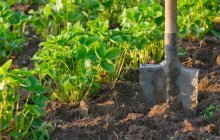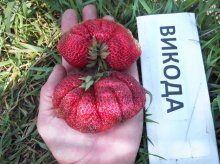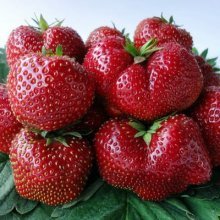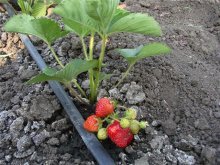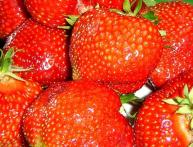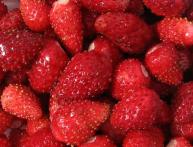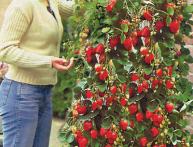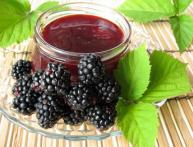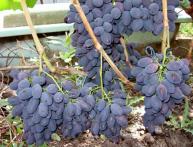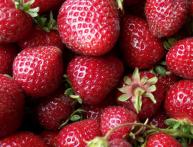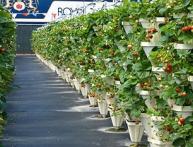Features of growing Vikoda strawberries
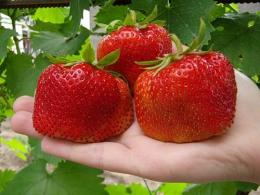
Every year, breeders develop new strawberry varieties, which are able to withstand severe frosts and still produce a good harvest. One of these promising varieties is Vikoda strawberry.
Content:
- Characteristics of the variety
- Preparing the soil for planting
- Features of growing the Vikoda variety
- Caring for Vikoda strawberries
Characteristics of the variety
Vikoda is a noble variety of strawberry, the result of the work of Dutch breeders. It is maximally adapted for cultivation in harsh climatic conditions: frost-resistant, but does not like extreme heat, which has a bad effect on the berries.
The ripening of berries begins in the second half of July. Berries large, comb-shaped, dark red in color, weighing up to 70 grams. The fruit is juicy, sweet, dense in consistency.
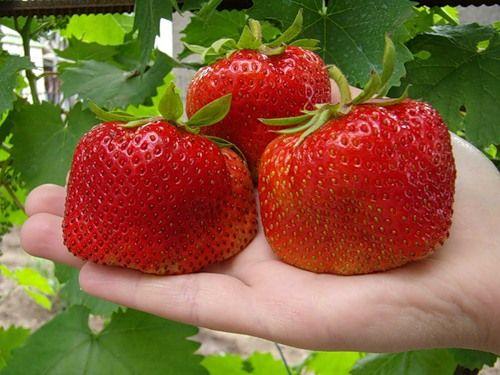
Preparing the soil for planting
The variety not capricious in choosing soil, but productivity directly depends on it strawberries. In order for it to grow well and bear fruit, the acidity of the soil must be within the pH range of 5.0–6.5. To do this, you need to know a few important points:
- 5 kg per 1 square meter organic fertilizers and 40 grams of minerals;
- the area is dug up, thus mixing the fertilizing;
- the soil is allowed to rest for up to 2–3 days.
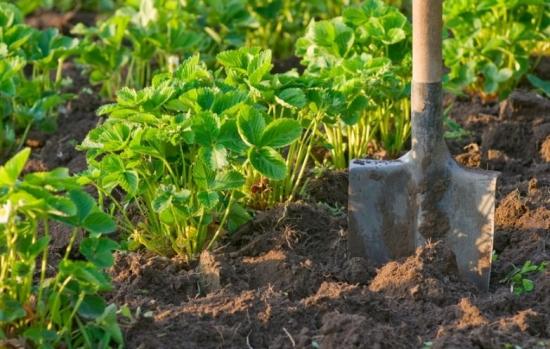
Features of growing the Vikoda variety
Strawberries Vikoda is planted in compliance with all the rules for planting garden strawberries. This variety loves:
- Light areas
- Abundant watering
- Fertilizers
Seedlings planted in early spring or late August - September.You should not delay planting, as this can affect the yield and resistance of strawberries to frost.
Before planting Vikoda, at a distance of 50 - 60 cm from each other, it is necessary to form small grooves that will be used for glaze. Next, small holes are formed, 15–20 cm deep.
Experienced gardeners recommend shortening the roots of this variety a little, leaving only 5–6 cm, in order to stimulate the development of lateral roots and protect the bush from pests.
Water is poured into the dug hole and the plant is planted. One important point should be taken into account: Vikoda’s roots should be positioned freely, not be bent, and be closely covered with a ball of earth. This is done so that the seedling takes root faster.
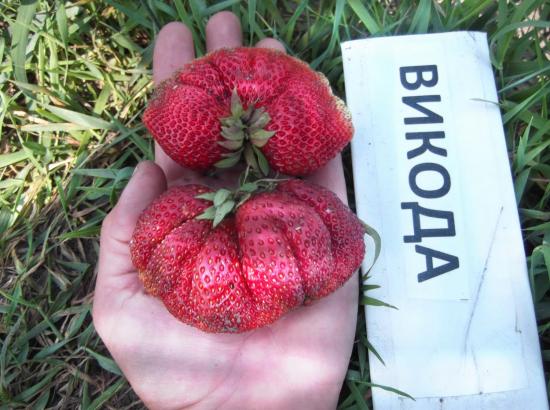
Caring for Vikoda strawberries
To reap a good harvest, you need to regularly care for strawberries.
Spring care includes:
- loosening the soil;
- feeding the plant with nitrogen fertilizers at the beginning of spring, mineral fertilizers in the middle, and organic fertilizers at the end.
Summer care:
- weed removal;
- watering 1 – 2 times a week, depending on soil moisture and air temperature;
- adding sawdust or sand during fruit formation;
- fertilizer before flowering a solution of water and potassium sulfate;
- feeding after harvest wood ash.
In autumn you need:
- trim old leaves and weak tendrils;
- if the strawberry root is visible, then it must be sprinkled with earth;
- application of mineral fertilizers;
- mulching sawdust. Just don’t sprinkle the bush of the plant itself.
This variety is not afraid of winter. A good ball of snow will become beautiful plant protection from severe frosts.
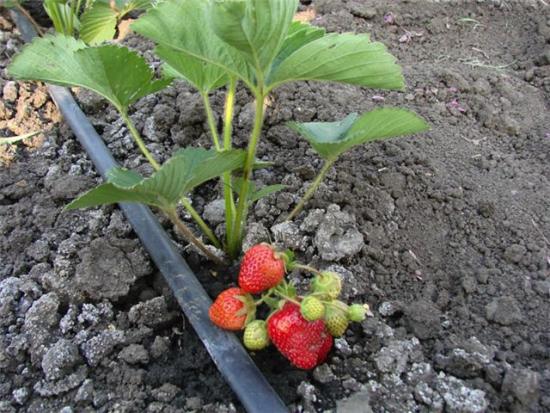
Rules for planting garden strawberries

